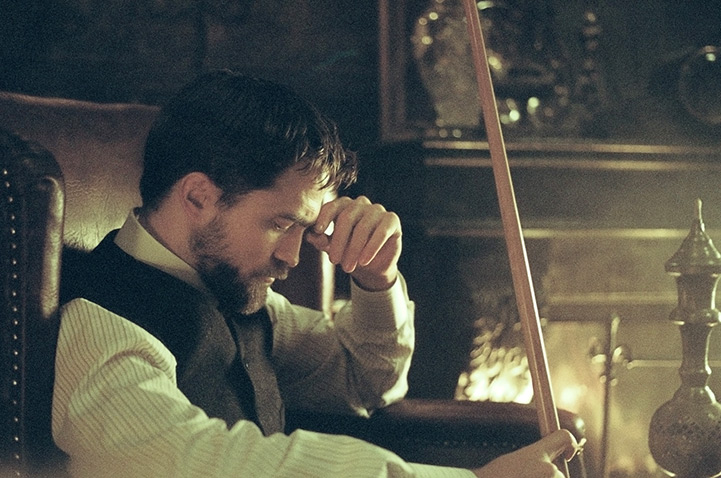
There are an obscene amount of movies out there in the wild. A lot of these movies go on to earn the recognition they deserve. Decades later, people are still talking about Singin’ in the Rain, Seven Samurai, Breathless, and The Godfather. If you were to look up a list of movie classics, you’d find a seemingly never ending assortment of titles that are sure to keep you busy for years on end. This is great and all, but it unfortunately means other quality films are brushed aside in favor of their more popular brethren.
To some degree, this is understandable. Forrest Gump is more accessible than something like Three Colours: Red. At the same time, these more obscure films aren’t objectively worse by any means. They simply have a smaller, more niche audience. The devoted fans can certainly try to spread the word, but a majority of forgotten masterpieces will remain forgotten masterpieces.
That doesn’t mean the aforementioned devoted fans should just shut up and admit defeat. On the contrary, passionate film critics should use their platform to help hidden gems find an audience. That’s why this list exists.
Below, you’ll find ten hidden masterpieces from a variety of countries, eras, and genres. Keep in mind that the list is ordered by release date rather than quality. This list doesn’t exist to pit films against one another. Rather, the goal is to highlight ten excellent motion pictures that deserve a more sizable audience. Hopefully this goal is achieved.
1. All That Heaven Allows (1955, Douglas Sirk)
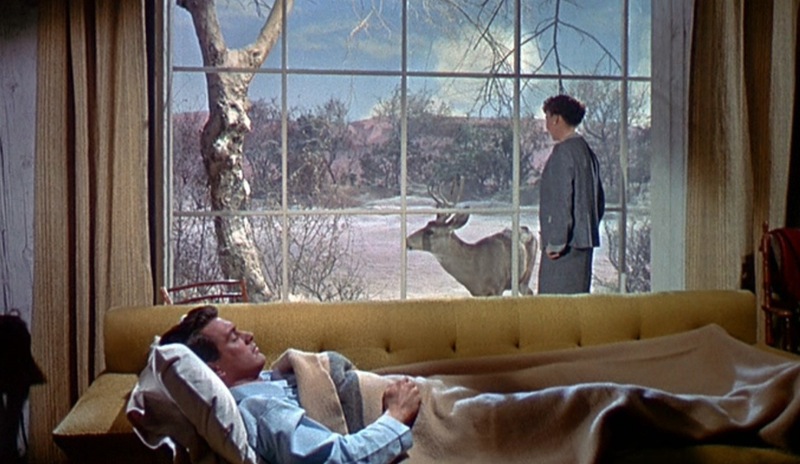
In All That Heaven Allows, Oscar winner Jane Wyman plays the neighborhood cougar, much to the chagrin of her children, coworkers, and basically everyone she encounters. Her young boytoy, played by the legendary Rock Hudson, wears his heart on his sleeve in the face of adversity. In spite of numerous objections, he continues to chase after a piece of forbidden fruit.
On the surface, this is a pretty cut-and-dry romantic drama. The cradle-robbing twist adds a layer of complexity, but that’s not enough to separate it from the competition. Thankfully, there are plenty of other elements that allow this hidden gem to stand out.
Though the story isn’t wholly original, the excess melodrama actually works in the film’s favor. The dour tone fits well with a premise that could have been used for laughs, and the chemistry between Rock Hudson and Jane Wyman is indisputable. Combine that with impressive polish all around and you have yourself a certifiable romantic classic. It just needs to find a bigger audience.
2. Ashes and Diamonds (1958, Andrzej Wajda)
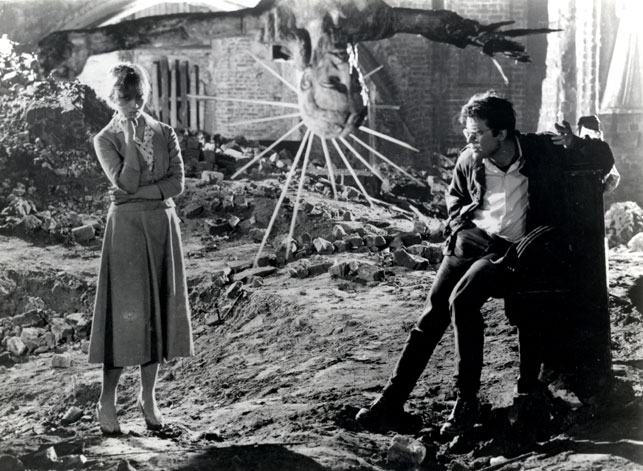
In comparison to other Polish movies, Ashes and Diamonds is hardly a hidden gem. It’s frequently featured in articles describing the greatest Polish films of all time. However, in the grand scheme of things, Andrzej Wajda’s controversial war movie is a small blip next to other juggernauts in the same genre.
Perhaps it’s unfair to shove it in one category. Though Ashes and Diamonds is technically a war film, it frequently warps in order to tell its story the way it needs to be told. It bounces between political thriller to romantic dramedy in an instant. In a lot of cases, that would be a massive red flag, but there’s something here that just works. Miraculously, Ashes and Diamonds never feels like it’s suffering from an identity crisis.
There are tonal shifts and genre shifts aplenty, but this still feels like one coherent feature. To piggyback off of that, it feels like a high-quality feature. Jerzy Andrzejewski and Andrzej Wajda consistently keep viewers engaged with their zigzagging script that forces you to remain attentive. The frequent twists and turns give you practically no time to zone out, which means your eyes remain glued to the screen from beginning to end.
3. The Human Condition Trilogy (1959-1961, Masaki Kobayashi)
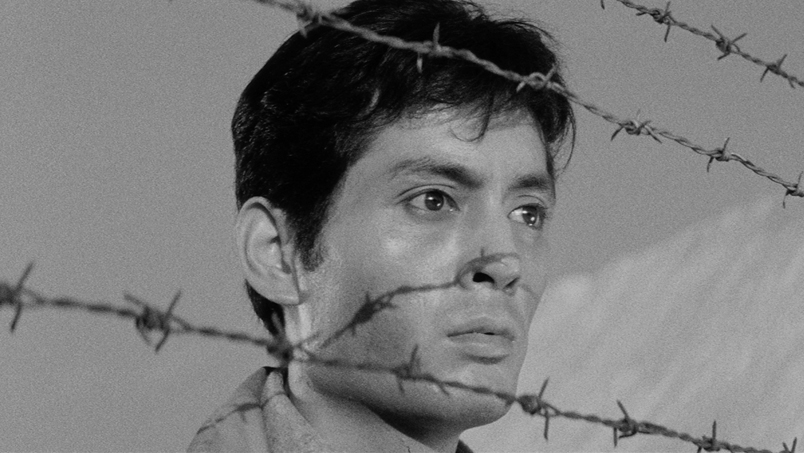
Masaki Kobayashi’s ambitious anti-war trilogy is regarded as a lost classic by those who have seen it. Similar to The Lord of the Rings trilogy, The Human Condition should be viewed as one cohesive story broken up into three films. If you were to watch part one and stop, you’d only have a small chunk of a bigger story. For this reason, it’s best to include the entire trilogy rather than one single entry in the series.
The intensely serialized storytelling may attribute to the limited appeal. As a singular body of work, The Human Condition runs at 9 hours and 39 minutes. The sheer scope of the project is daunting, and the bleak subject matter can make for an exhausting viewing experience.
Though this seems like a massive roadblock to a lot of people, it’s really a small hurdle. Sure, the time commitment is intimidating, but you’re not likely to experience anything like The Human Condition in your lifetime. The massive scale allows for a movie that’s rich in historical detail and complex characterization. Heavy-handedness aside, there’s a sense of authenticity here that allows Kobayashi’s magnum opus to feel devastating in the best possible ways.
Even if you were to ignore the authenticity, you’d still find a passion project that comes from someone with indescribable talent. The Human Condition is visually dazzling on account of its atmospheric black-and-white cinematography. On top of that, it uses sound design to paint an auditory picture that pairs well with the chaos on screen. These things, among others, come together to create a near-perfect trilogy of films. Just don’t forget to take a break every now and then.
4. When a Woman Ascends the Stairs (1960, Mikio Naruse)
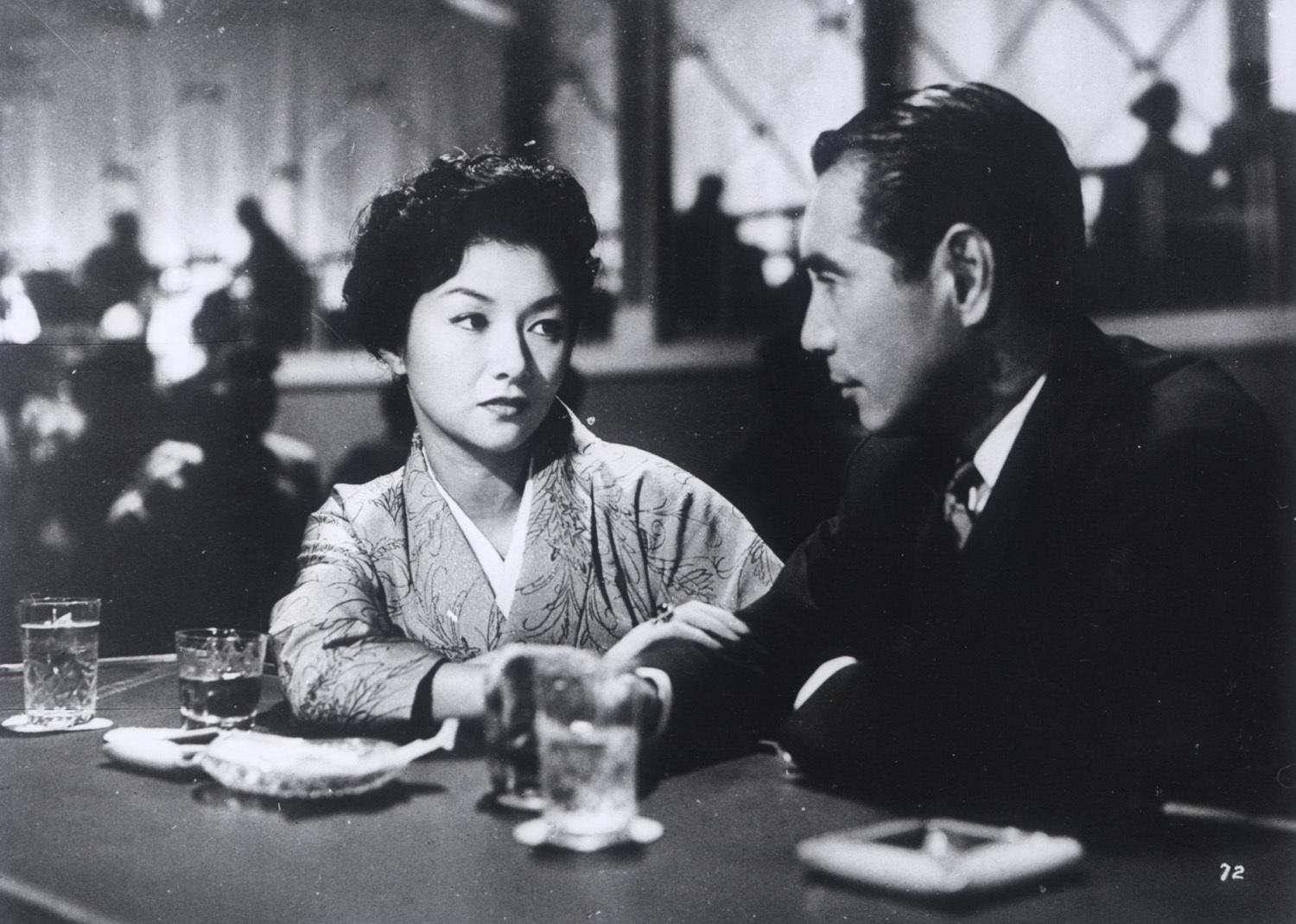
In Japan, Mikio Naruse is one of the most well-regarded directors ever. Sadly, he’s not nearly as well-known outside of his home country. While American cinephiles continue to worship Akira Kurosawa, many of them haven’t even heard of Naruse. There doesn’t appear to be any concrete reason as to why his creations have fallen into obscurity, but that doesn’t make it any less unfortunate.
Naruse has a vast body of work. It’s so vast that many of his features aren’t even accessible to Western audiences. This further limits exposure to an iconic director, which ultimately pushes him deeper into the metaphorical abyss. Fortunately, Criterion has been vouching for the talented filmmaker for years. This includes his greatest achievement, When a Woman Ascends the Stairs.
If you have to see one Naruse film, make sure you see that one. The newly restored high-definition version is stunning to look at, but it’s so much more than that. It’s a feminist triumph that features layered characters, emotional complexity, and naturalistic dialogue. While the leisurely pacing might seem unusual by today’s standards, there’s enough here to keep just about anybody engrossed.
5. Valerie and Her Week of Wonders (1970, Jaromil Jires)
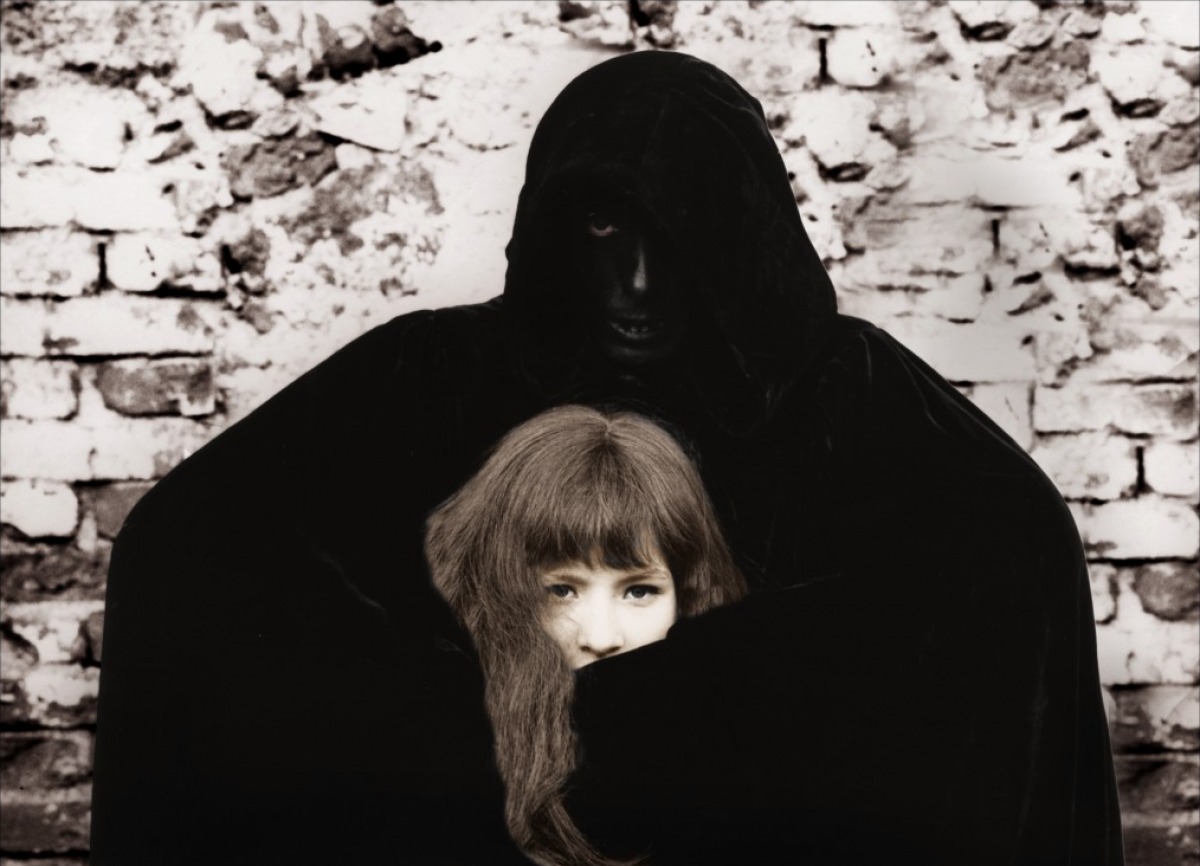
Valerie and Her Week of Wonders is a Czechoslovak surrealist horror film with a strong emphasis on the surreal. Rather than telling a linear story with a concrete beginning, middle, and end, Jaromil Jires chooses to tell a dreamlike narrative that joyfully defies expectations. This leads to an experience that can best be described as disorienting but surprisingly invigorating.
Though you will likely spend a large chunk of your time scratching your head, you will rarely be bored. Valerie and Her Week of Wonders is a collection of various small parts that all combine into something bigger. Unlike Hollywood productions, these small parts aren’t laid out sequentially. This means that viewers will have to analyze each scene in order to get the bigger picture. This is obviously not an ideal situation for everybody, but patient viewers are liable to discover a potential favorite.
Unfortunately for some readers, it would be counterproductive to describe too many inner workings. That would ultimately spoil the message as well as the movie as a whole. To keep things brief, Valerie and Her Week of Wonders does a wonderful job of tackling themes surrounding sexuality, religion, and morality. It can be bizarre and even frustrating, but this daringness to spit in the face of the status quo actually ends up being one of the highlights.